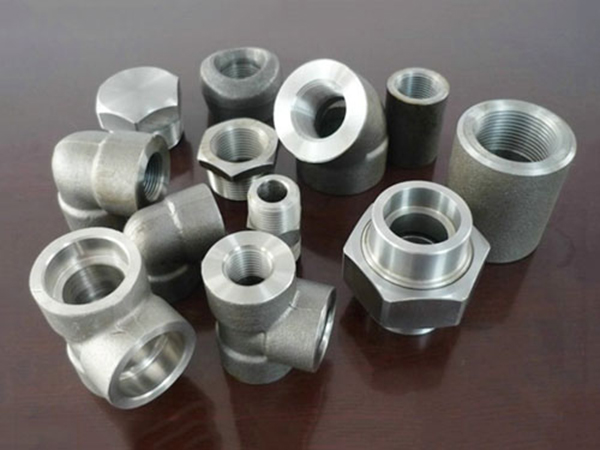FQA
What faults may occur during CNC lathe processing
The fault curve can conceptually represent the relationship between the fault rate and time of CNC machine tool processing. Because this curve is bathtub shaped, it is often called "Bathtub curve curve". It divides the service life of CNC machine tools into three stages, namely early failure period, unexpected failure period, and loss failure period. In the early stages of faults, the machine tool failure rate follows a negative exponential curve function.
At the beginning, the failure rate was very high, but as the operating time increased, the failure rate rapidly decreased and entered a constant stage of failure rate. There are many reasons for the high early failure rate, such as design defects, manufacturing and installation errors, hardware component processing operations and usage errors, etc. After running and identifying the cause of the fault and eliminating it, the fault rate will gradually stabilize. This stage is called the commissioning period or the break-in period.
The early failure period not only occurs in the initial stage of putting new machine tools into use, but also occurs when parts processed by CNC lathes are repaired or replaced and put back into use.
Occasional failure period is also called effective failure period. The Failure rate is very low and the Failure rate is constant. Under normal circumstances, this stage should not cause major failures and is a good working period for processing hardware parts. However, due to improper use, incorrect operation, or other unexpected reasons, some malfunctions may also occur. In addition, if the design stability coefficient of certain components is small, the upper limit of load may be encountered during use, which may lead to damage and failure due to overload. Therefore, it is necessary to pay special attention to reasonable use, strengthen maintenance, avoid operational errors, and extend the effective life of the machine tool as much as possible during unexpected failure stages.
After entering the wear failure period, the failure rate increases again due to normal wear and tear, chemical corrosion, changes in physical and electrical properties, material fatigue, and other reasons of machine tool parts. For CNC machine tools, if various diagnostic techniques can be used to grasp the wear and tear patterns of parts, and corresponding maintenance or replacement measures can be taken before the parts enter the failure and wear period, the occurrence of wear and tear faults can be controlled, thereby extending the actual life of CNC machine tools.

NEWS
CONTACT US
- EMAIL: liang@hiranohmc.com
- HOTLINE: +86-769-81892946
- FAX: +86-769-81892946
- ADDRESS: 1st Floor, Building B, Zhuxiang Industrial Park, Bihua Road, Songbaitang, Changping Town, Dongguan City, China
 简体中文
简体中文 English
English 日本語
日本語